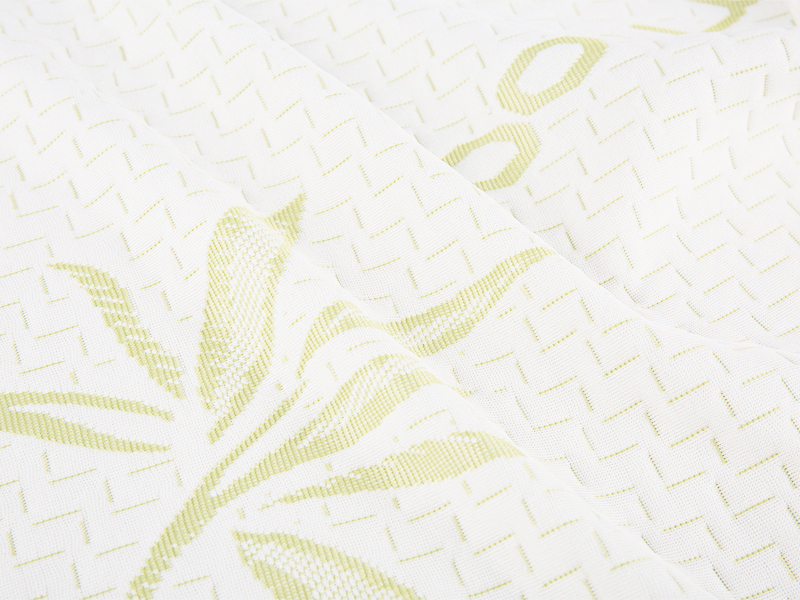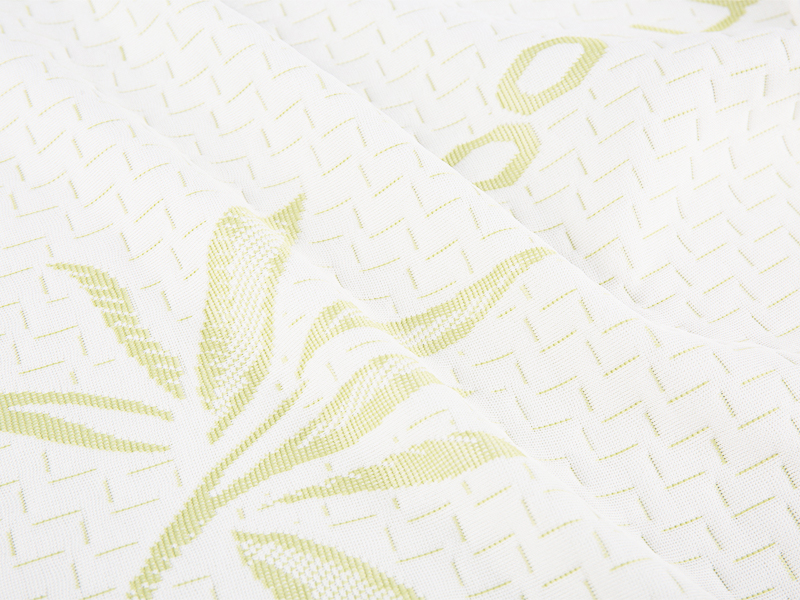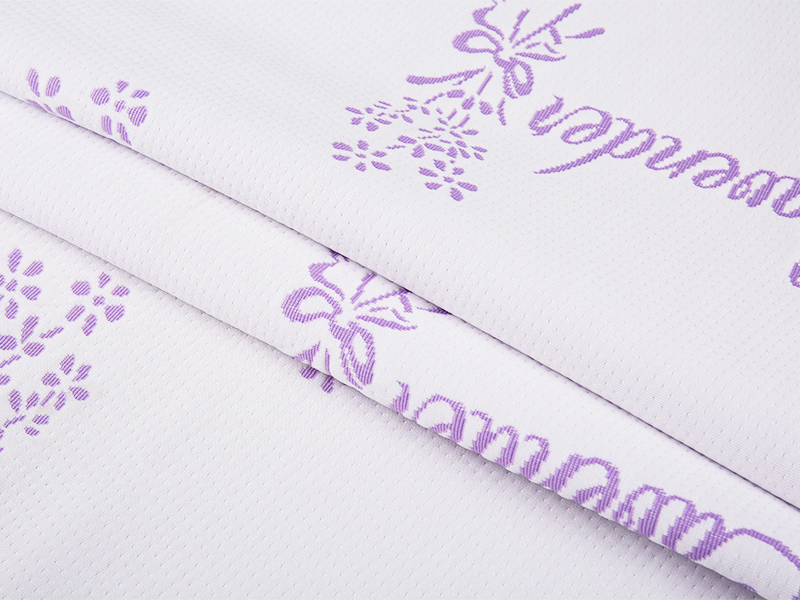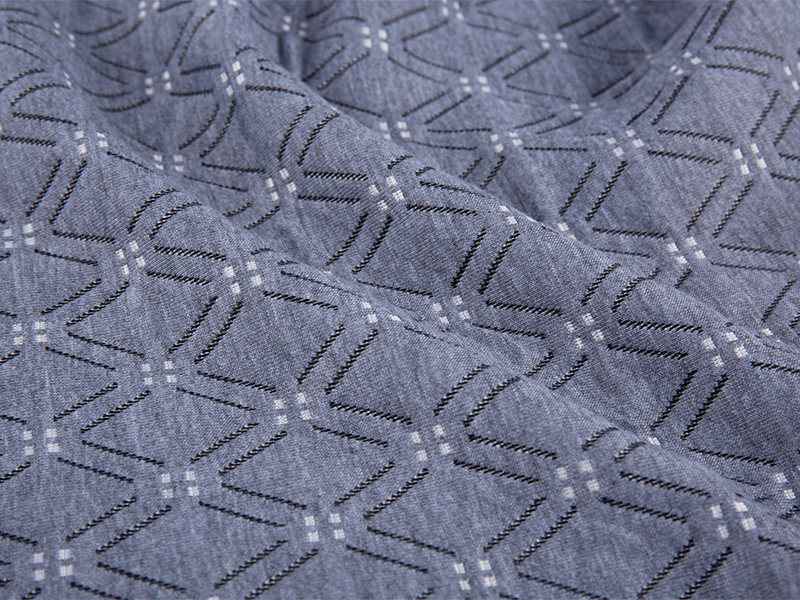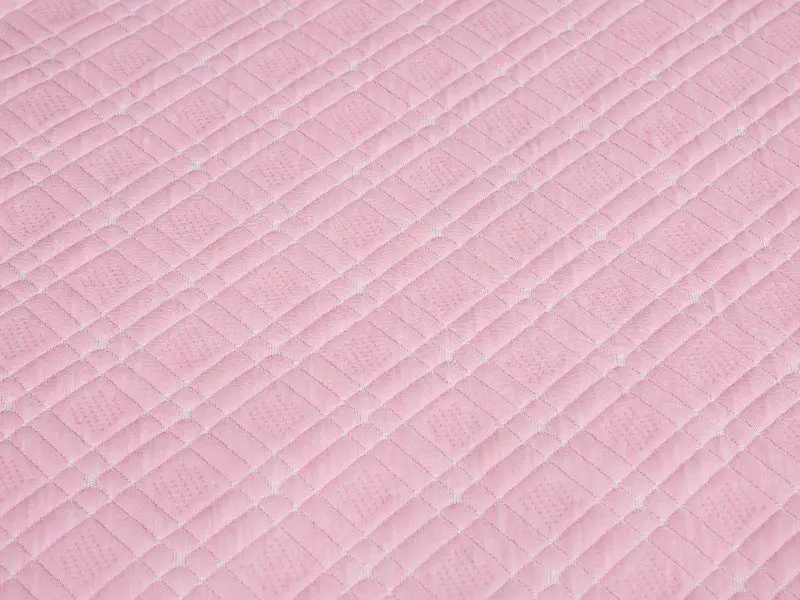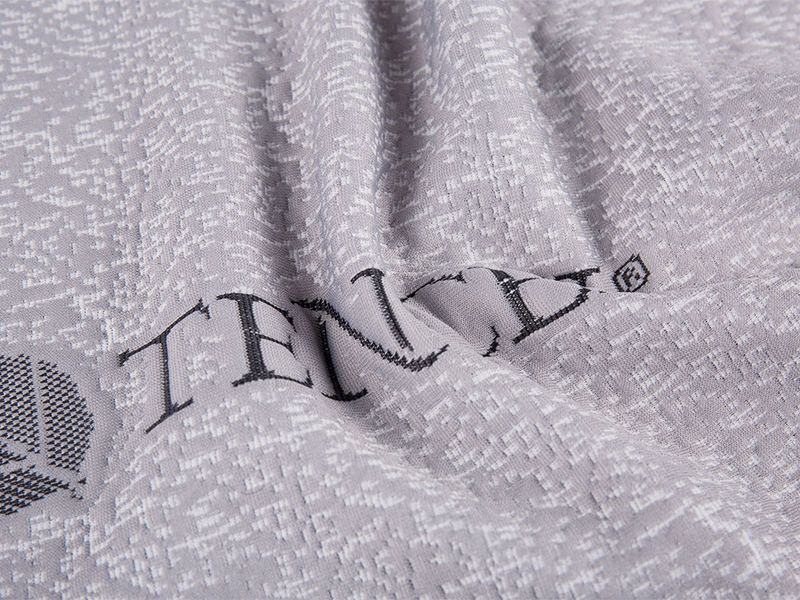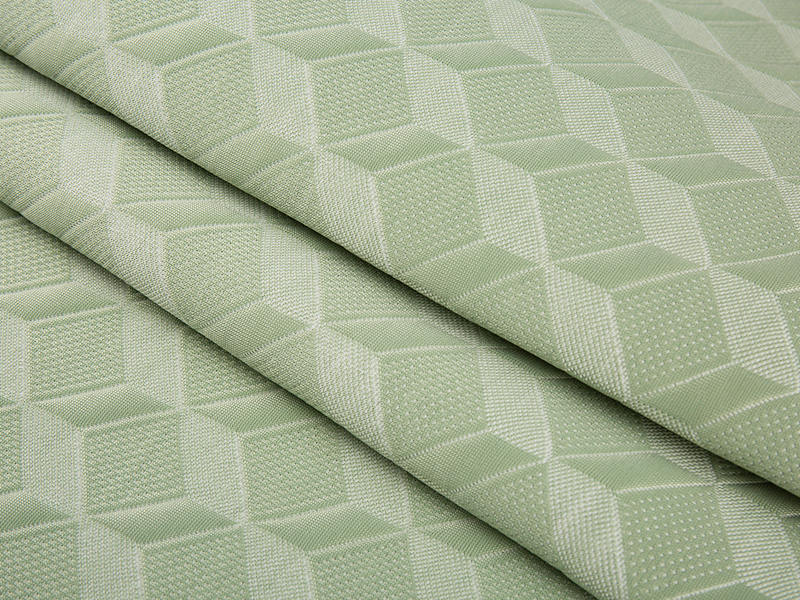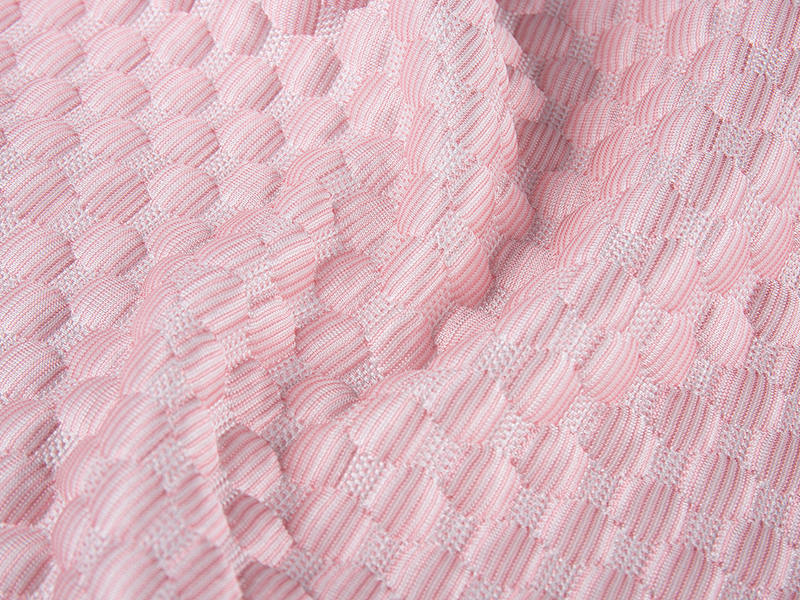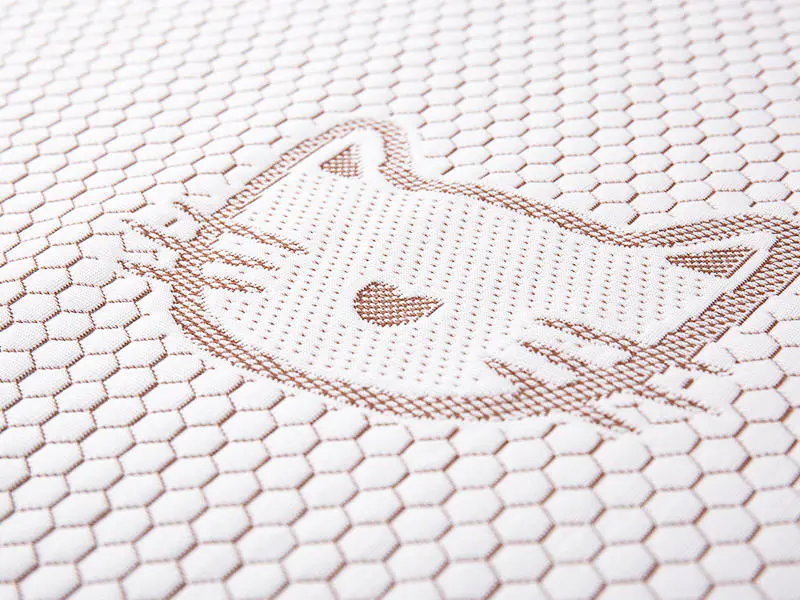Introduction to Mattress Fabric Care
Why Mattress Fabric Care is Important
Taking proper care of your mattress fabric is essential for maintaining not only the appearance of your mattress but also its comfort and durability. Mattress fabrics can accumulate dust, dirt, and allergens over time, leading to potential health risks and a decrease in the mattress's lifespan. Regular care helps to preserve the integrity of the fabric, maintain a cleaner sleeping environment, and prevent costly replacements.
- Regular care helps maintain the mattress's comfort and appearance.
- Proper cleaning prevents the build-up of allergens and bacteria.
- Preserving mattress fabric extends the overall lifespan of the mattress.
The Benefits of Maintaining Mattress Fabrics
When you take the time to care for your mattress fabric, you ensure that the fabric remains soft, breathable, and durable. Regular maintenance helps prevent wear and tear, minimizes the likelihood of stains and odors, and keeps the mattress in optimal condition for years. By investing in mattress fabric care, you create a healthier sleep environment, reduce allergens, and protect the mattress from damage.
- Extends mattress longevity by preventing early wear and tear.
- Maintains comfort by keeping the fabric breathable and free of allergens.
- Helps preserve the mattress's appearance, keeping it looking new for longer.
Common Mattress Fabric Issues
Stains and Spills
Stains and spills are one of the most common issues that mattress fabrics face. Whether from food, drinks, or body fluids, stains can damage the fabric and create unpleasant odors. It's crucial to address stains immediately to prevent them from setting in and causing long-term damage. Different fabrics require different stain-removal methods to ensure the fabric remains intact and clean.
- Act quickly to blot spills to prevent deep stains.
- Use a mild cleaning solution that is appropriate for the fabric type.
- Test a small area before applying any cleaning solution to avoid fabric damage.
Wear and Tear
Over time, the fabric on your mattress may experience wear and tear from constant use, such as fraying, thinning, or fading. This can affect both the aesthetics and comfort of the mattress. To prevent excessive wear, it's important to follow best practices for mattress care, including regular rotations and using protective covers.
- Regularly rotate or flip the mattress to evenly distribute wear.
- Use a mattress protector to prevent damage to the fabric.
- Avoid jumping or heavy pressure on the mattress to reduce fabric strain.
Odors and Allergens
Odors and allergens can accumulate in mattress fabrics over time, especially if the mattress isn't properly cleaned or protected. Dust mites, pet dander, and sweat can all contribute to unpleasant smells and allergens, which can affect your health and sleep quality. Regular cleaning and protection are essential to minimizing these risks.
- Vacuum the mattress regularly to remove dust and allergens.
- Use hypoallergenic mattress covers to reduce exposure to allergens.
- Ensure the mattress is thoroughly aired out to prevent moisture build-up.
How to Care for Mattress Fabrics
Cleaning Tips for Different Mattress Fabrics
Different types of mattress fabrics require different care methods. For example, cotton fabrics can usually be cleaned with a mild detergent and water, while synthetic fabrics may require specialized cleaners to prevent damage. Always check the manufacturer's care instructions before cleaning your mattress to ensure you're using the right methods and products.
- For cotton fabrics, use a mild detergent and warm water for cleaning.
- Synthetic fabrics may need a special cleaner to avoid damage.
- For memory foam fabrics, spot clean with a damp cloth and avoid saturating the fabric with water.
Proper Mattress Protection
Using a mattress protector is one of the best ways to care for your mattress fabric. A good-quality protector acts as a barrier against spills, stains, and allergens, helping to preserve the fabric underneath. Additionally, mattress protectors are easier to clean and can be replaced when needed, saving the mattress from potential long-term damage.
- Invest in a waterproof mattress protector to protect against spills and stains.
- Choose a breathable, hypoallergenic protector to minimize allergen exposure.
- Wash the protector regularly to keep it clean and functional.
Mattress Rotations and Flipping
Rotating and flipping your mattress regularly helps prevent uneven wear and tear, keeping the fabric in better condition. Depending on your mattress type, you may need to rotate it every 3–6 months, or even flip it if it's designed to be double-sided. This simple practice helps maintain comfort and extends the life of the fabric.
- Rotate the mattress every 3–6 months to prevent uneven wear.
- Flip the mattress (if applicable) to ensure even wear on both sides.
- Ensure that the mattress is placed on a flat, stable surface to prevent sagging.
FAQ
How often should I clean my mattress fabric?
It's recommended to clean your mattress fabric at least twice a year. However, if there are spills or stains, address them immediately. Regular cleaning helps maintain fabric quality and reduces allergens.
Can I wash my mattress fabric at home?
While you can't typically wash the entire mattress fabric at home, you can spot clean it with appropriate cleaners. For mattresses with removable covers, you may be able to wash the cover according to the manufacturer's care instructions.
How can I prevent damage to mattress fabrics?
To prevent damage to mattress fabrics, use a mattress protector, rotate the mattress regularly, and avoid spills and stains. Proper cleaning and handling of the mattress will help maintain fabric integrity.


